A Beginner's Guide to Stippling in Drawing
Welcome to the fascinating world of stippling! If you're an aspiring artist or just someone looking to explore a new hobby, stippling is an incredible technique that can elevate your drawings to new heights. Imagine creating stunning images using nothing but tiny dots! Sounds intriguing, right? This article will guide you through the art of stippling, covering its history, essential tools, and techniques to help you master this unique form of drawing.
Stippling has a rich history that dates back centuries, often linked with printmaking and early illustration techniques. This method was used by artists to create intricate details and textures in their work. By understanding its origins, you can gain a deeper appreciation for this distinctive art form. In the early days, stippling was primarily employed in engraving and etching, where artists would use dots to convey light and shadow. Over time, this technique found its way into various forms of art, from botanical illustrations to modern graphic designs.
Choosing the right tools is crucial for successful stippling. You wouldn't want to build a house without the proper tools, right? The same goes for stippling! The tools you select can significantly impact your artwork. In this section, we will cover various pens, pencils, and papers that can help you achieve the best results.
Different pens can produce varying effects in stippling. Here are some popular options:
- Fine Liners: Ideal for creating precise dots, fine liners come in various sizes. Selecting the right size for your stippling projects is essential for achieving the desired effect.
- Brush Pens: These pens offer versatility, allowing you to create both fine and broad strokes. Discover techniques for using them effectively in stippling.
- Technical Pens: Known for their precision, technical pens are excellent for detailed stippling work.
Fine liners are perfect for creating precise dots. When selecting fine liners, consider the size of the nib; smaller sizes are great for detailed work, while larger sizes can cover more area quickly. The key is to experiment and find what works best for your style.
Brush pens are incredibly versatile and can create a range of effects, from delicate lines to bold strokes. When using brush pens for stippling, try varying the pressure to achieve different dot sizes. This technique can add depth and interest to your artwork.
The choice of paper can greatly affect the outcome of your stippling work. Smooth, high-quality paper is often recommended as it allows the ink to flow smoothly and prevents bleeding. Experiment with different textures to see how they influence your stippling technique. Some artists prefer using textured paper for a unique look, while others stick to a classic smooth surface.
Mastering the fundamental techniques is essential for any beginner. Here, we will outline the core methods to get you started with stippling. Understanding how to place dots effectively is vital for creating depth and texture. Start by practicing dot placement, focusing on spacing and density. It's like building a house; you need a solid foundation before adding the details!
Dot placement is crucial in stippling. The distance between the dots can create different effects. For instance, closely spaced dots can create darker areas, while widely spaced dots can convey light. Practice varying the spacing to see how it affects your artwork.
Texture can be achieved through various stippling techniques. Manipulating dot size and spacing allows you to convey different textures in your artwork. For example, you might use dense dots to simulate the roughness of tree bark or sparse dots to suggest the softness of clouds. The possibilities are endless!
Even experienced artists can make mistakes with stippling. Here are some common pitfalls to watch out for:
Overworking can lead to a muddy appearance in your artwork. It's essential to recognize when to stop adding dots. Sometimes, less is more! Trust your instincts and step back to evaluate your work periodically.
Maintaining consistent dot size is crucial for a cohesive look. If your dots vary too much in size, it can create a chaotic effect. Practice makes perfect, so take the time to refine your technique and achieve uniformity in your stippling practice.
Finding inspiration is key to developing your skills. Look for contemporary and historical artists who excel in stippling. Their work can inspire your own artistic endeavors and help you discover new techniques. Additionally, numerous online platforms offer tutorials and courses on stippling. Explore these resources to enhance your skills and knowledge, and don't hesitate to share your progress with fellow artists!
Some notable artists to check out include:
- Giovanni Battista Piranesi - Known for his intricate etchings.
- George Cruikshank - Celebrated for his detailed illustrations.
- Contemporary Stipplers - Look for artists on social media platforms like Instagram and Pinterest.
Platforms like YouTube, Skillshare, and Udemy offer a wealth of tutorials and courses on stippling. Dive in and find the resources that resonate with you to enhance your skills further!
Q: What is stippling?
A: Stippling is a drawing technique that uses small dots to create texture and depth in artwork.
Q: Do I need special tools for stippling?
A: While specific tools can enhance your work, you can start with basic pens and paper.
Q: Can I combine stippling with other techniques?
A: Absolutely! Many artists blend stippling with other drawing methods for unique effects.
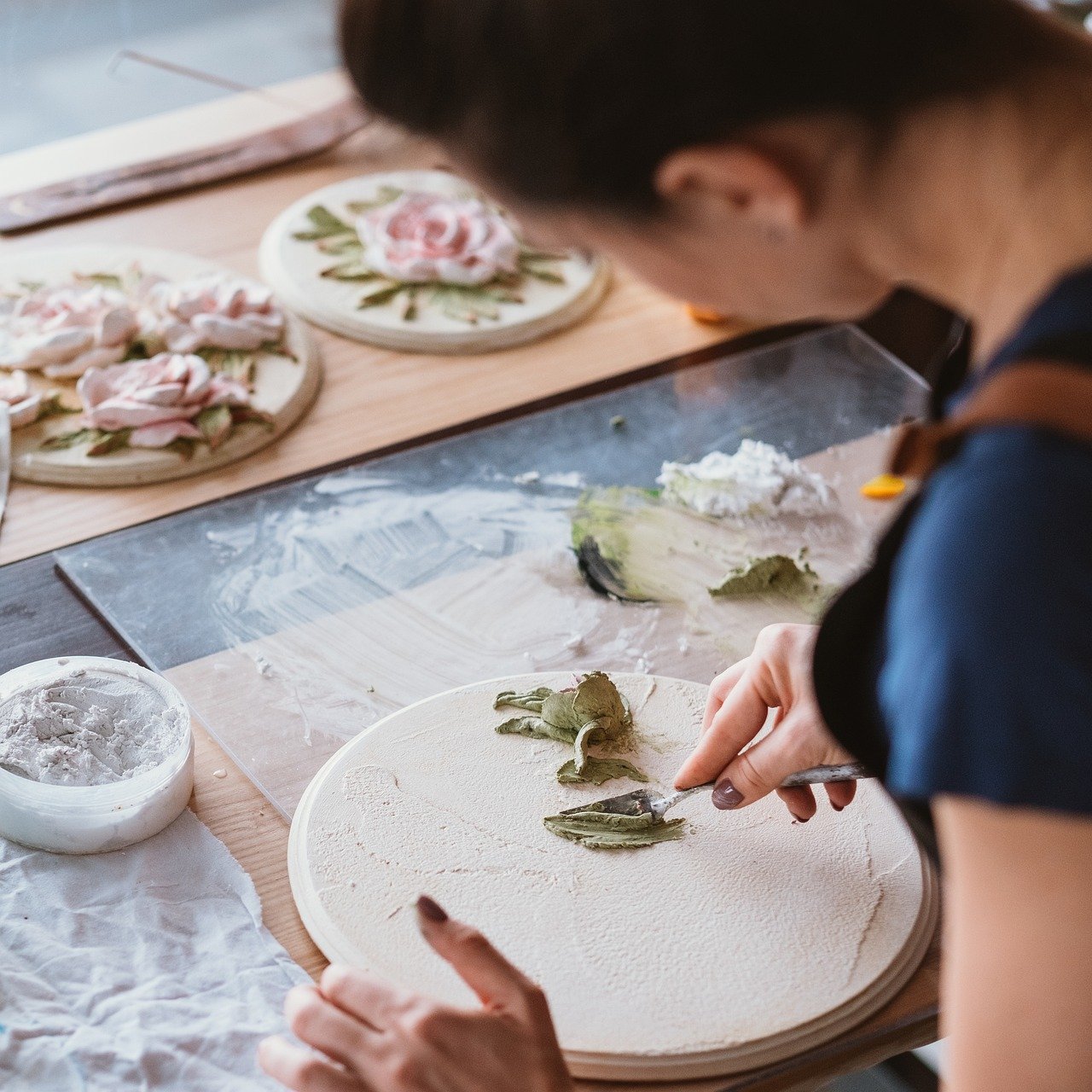
The History of Stippling
Stippling is more than just a technique; it's a fascinating journey through the evolution of art itself. This distinctive method of creating images using dots has roots that stretch back to the early days of printmaking and illustration. The origins of stippling can be traced to the Renaissance period, where artists began experimenting with different ways to replicate textures and shades without relying solely on traditional brushwork.
In the 18th century, stippling became particularly popular among engravers and printmakers. Artists like Giovanni Battista Piranesi and Francisco Goya utilized stippling to create intricate details in their works, allowing them to convey a sense of depth and realism that was previously unattainable with solid lines alone. This technique was revolutionary, as it opened up new avenues for artistic expression and allowed for a more nuanced representation of light and shadow.
As time marched on, stippling found its way into various artistic movements. In the 19th century, it became a favored technique among Impressionists, who embraced the idea of capturing fleeting moments and the effects of light. Artists like Georges Seurat took stippling to new heights with his Pointillism style, where tiny dots of color were meticulously placed to create vibrant and dynamic images. This method not only showcased the beauty of stippling but also revolutionized the way color theory was understood in art.
Today, stippling is celebrated not just in fine art but also in various forms of graphic design, tattoo art, and illustration. Its versatility allows artists to explore different themes and styles, from realistic portraits to whimsical illustrations. Whether you're a budding artist or a seasoned professional, understanding the rich history of stippling can deepen your appreciation for this unique technique and inspire your own creative journey.
In summary, stippling has a storied past that reflects the evolution of artistic techniques and the pursuit of expression. From its roots in Renaissance printmaking to its modern applications, stippling continues to captivate artists and audiences alike. As you embark on your own stippling adventure, remember that you're participating in a long-standing tradition that has shaped the art world in profound ways.

Essential Tools for Stippling
When diving into the world of stippling, having the right tools is absolutely crucial for achieving stunning results. Think of your tools as the brushes of a painter; they can make or break your artwork. So, what do you need to get started? Let’s explore the essential tools that every aspiring stippling artist should consider.
First and foremost, you'll want to invest in a variety of pens. The type of pen you choose can dramatically affect the outcome of your stippling. For instance, fine liners are a favorite among many artists because they allow for precise dot placement, essential for creating clear and defined textures. A good rule of thumb is to have a selection of different sizes. This way, you can create a range of effects, from delicate details to bold statements.
Another excellent option is the brush pen. These pens are incredibly versatile, allowing you to create both fine and broad strokes. They can add a unique flair to your stippling work, especially when you’re aiming for a more dynamic look. However, mastering the brush pen takes practice, so don't be discouraged if it feels tricky at first. The beauty of stippling lies in experimentation!
In addition to pens, the choice of paper is just as important. Not all papers are created equal, and the right paper can enhance the quality of your stippling. Look for papers that have a smooth texture, as they will allow your pen to glide effortlessly, making dot placement much easier. Additionally, thicker papers can prevent ink from bleeding through, which is vital for maintaining the integrity of your artwork.
| Tool Type | Recommended Use | Notes |
|---|---|---|
| Fine Liners | Precise dot placement | Available in various sizes |
| Brush Pens | Versatile strokes | Practice for better control |
| Papers | Quality of stippling | Choose smooth, thick paper |
Lastly, don’t forget about erasers and pencils. While stippling is primarily about dots, a good sketch can serve as a fantastic foundation for your artwork. Use a light pencil to outline your design before you start stippling, and keep an eraser handy for any adjustments. Remember, even the best artists make mistakes, and that's okay!
In conclusion, having the right tools can elevate your stippling practice from basic to breathtaking. Whether it's fine liners, brush pens, or quality paper, each tool plays a vital role in your artistic journey. So gather your supplies, and let your creativity flow!
- What is stippling? Stippling is a drawing technique that uses dots to create texture and depth in artwork.
- Can I use regular pens for stippling? While regular pens can work, fine liners and brush pens are recommended for better precision and control.
- What type of paper is best for stippling? Smooth, thick paper is ideal as it allows for better ink flow and prevents bleeding.
- Do I need to sketch before stippling? It’s beneficial to sketch your design lightly with a pencil to guide your stippling.
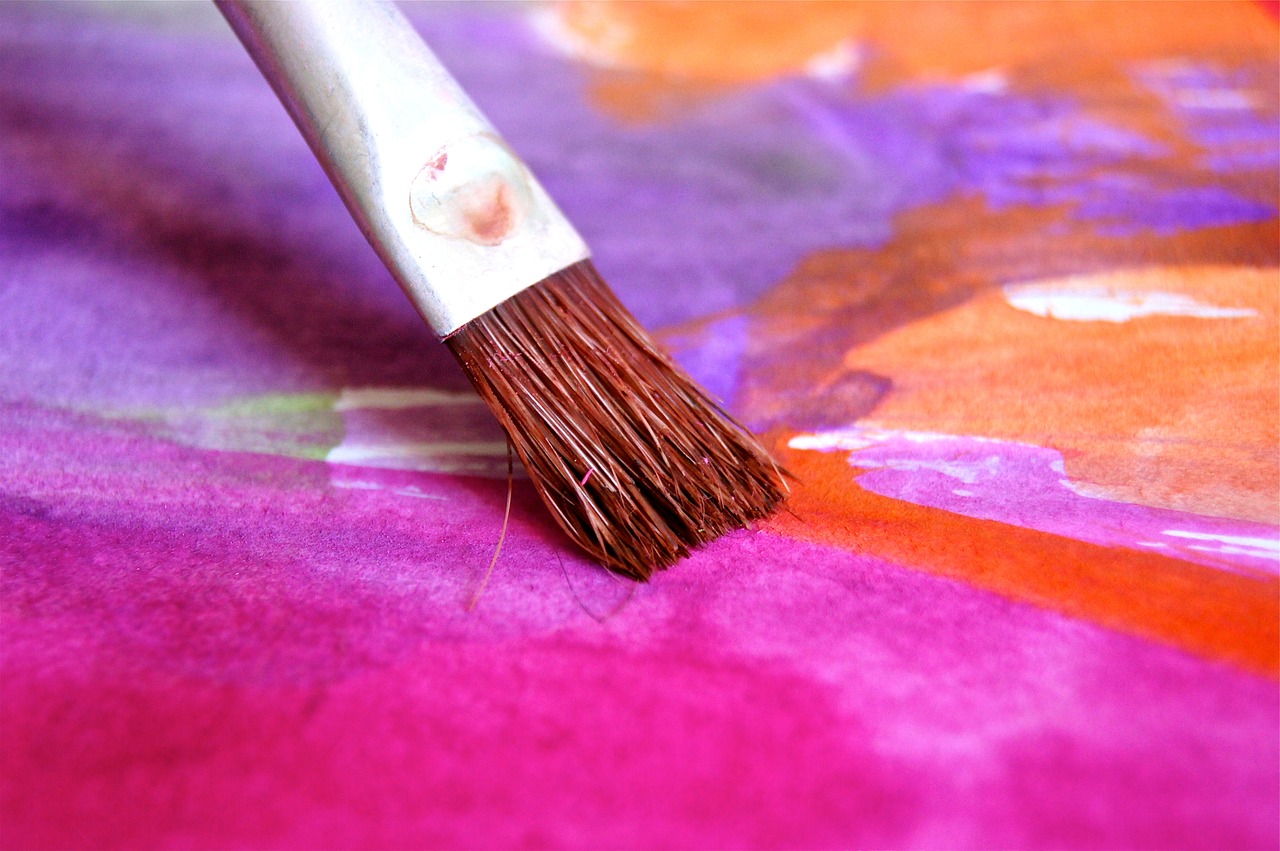
Types of Pens
When it comes to stippling, the choice of pen can significantly impact your artwork. Different pens offer unique characteristics that can enhance your technique and help you achieve the desired effect. Whether you're a beginner or looking to refine your skills, understanding the various types of pens available is essential. Let's dive into the most popular options:
Fine Liners are the go-to choice for many artists who practice stippling. These pens are designed to create precise, uniform dots that are crucial for achieving depth and detail in your drawings. They come in various sizes, allowing you to select the right thickness based on your project. For instance, a 0.05 mm fine liner is excellent for intricate details, while a 0.8 mm can create bolder strokes. The key is to choose a size that complements your artistic vision.
Brush Pens introduce an exciting level of versatility to stippling. Unlike fine liners, brush pens can produce both fine and broad strokes, making them a fantastic choice for artists who want to experiment with varying dot sizes. The flexibility of the brush tip allows for dynamic line work and can bring a lively quality to your stippling. However, mastering the brush pen requires practice, as it can be more challenging to control than a standard fine liner. When using a brush pen, consider the pressure you apply; light pressure creates fine dots, while heavier pressure yields larger dots.
Technical Pens are another excellent option for stippling. These pens are engineered for precision and consistency, making them ideal for detailed work. They often come with refillable ink cartridges, ensuring that you have a steady flow of ink without interruptions. Technical pens can be particularly beneficial for artists who enjoy working on larger pieces where consistency is key. They are available in various nib sizes, providing flexibility for different stippling techniques.
In addition to these types of pens, it’s worth noting that the ink quality plays a crucial role in your stippling practice. Acid-free, archival inks are best as they prevent fading over time and ensure your artwork stands the test of time. Always check the specifications of your chosen pens to ensure they meet your artistic needs.
In summary, the right pen can make all the difference in your stippling journey. Whether you prefer the precision of fine liners, the versatility of brush pens, or the reliability of technical pens, experimenting with different tools will help you discover what works best for your style. So, grab your pens and let your creativity flow!
- What is stippling? Stippling is a drawing technique that uses small dots to create texture and depth in artwork.
- Can I use regular pens for stippling? While you can, it’s best to use fine liners or brush pens designed for art to achieve the best results.
- How do I maintain consistent dot size? Practice is key! Start with a steady hand and choose the right pen size to help maintain uniformity.
- What paper is best for stippling? Smooth, heavyweight paper is ideal as it allows for clean dot placement without bleed-through.

Fine Liners
When it comes to stippling, are your best friends. These pens are specifically designed to create precise, clean dots that can bring your artwork to life. Imagine standing in front of a blank canvas, ready to transform it into a masterpiece with just a series of tiny dots. That’s the magic of fine liners! They come in various sizes, allowing you to control the thickness of your dots and, ultimately, the depth of your artwork. Choosing the right size is essential, as it can dramatically affect the overall look of your stippling project.
For beginners, I recommend starting with a selection of fine liners in different nib sizes. This will give you the flexibility to experiment and find what works best for your style. Here’s a quick overview of common sizes:
| Nib Size | Effect |
|---|---|
| 0.05 mm | Very fine details |
| 0.1 mm | Fine lines for delicate work |
| 0.3 mm | Standard for most stippling projects |
| 0.5 mm | Bold dots for emphasis |
Using fine liners effectively involves a bit of practice. Start by making gentle, consistent dots. The key is to maintain a steady hand and a relaxed grip, as tension can lead to uneven dot placement. If you find yourself struggling, try practicing on scrap paper before diving into your main piece. This will help you get a feel for the pressure needed to create dots of varying sizes.
One of the most exciting aspects of using fine liners is the ability to layer your dots. By varying the density and size of your dots, you can create stunning gradients and textures. For instance, placing dots closely together can give the illusion of shadow, while spreading them out can suggest light. This technique is particularly useful when working on portraits or landscapes, where depth and dimension are crucial.
Ultimately, fine liners offer a unique way to express your creativity through stippling. They are not just tools; they are the instruments that allow your imagination to flourish. So, grab a few fine liners, and let your artistic journey begin!
- What is the best paper to use with fine liners?
For stippling, a smooth, heavyweight paper is ideal. Look for papers specifically designed for ink to avoid bleeding. - Can I use fine liners for other drawing techniques?
Absolutely! Fine liners are versatile and can be used for outlines, cross-hatching, and even coloring. - How do I clean my fine liners?
To maintain your fine liners, store them horizontally and avoid pressing too hard on the nib. If they dry out, you can sometimes revive them by drawing on a damp paper towel.

Brush Pens
Brush pens are a fantastic addition to any artist's toolkit, especially for those venturing into the world of stippling. These versatile tools are designed to mimic the feel of traditional brushes while providing the convenience of a pen. The beauty of brush pens lies in their ability to produce both fine and broad strokes, allowing you to create intricate details and bold textures in your stippling work.
When selecting a brush pen for stippling, consider the flexibility of the brush tip. A flexible tip allows for greater control over the thickness of your lines, which is essential for achieving the varying dot sizes that create depth and texture in your artwork. Additionally, brush pens come in a range of ink types, from water-based to alcohol-based, each offering different effects. Water-based inks are great for blending and layering, while alcohol-based inks provide vibrant colors and quick drying times.
To effectively use brush pens in your stippling projects, start with a light touch. This will help you create delicate dots that can be built upon for more depth. As you gain confidence, you can gradually increase the pressure to achieve bolder marks. Remember, stippling is all about patience and precision, so take your time and enjoy the process. Here are a few tips to keep in mind:
- Practice Control: Spend some time practicing with your brush pen on scrap paper. Experiment with different pressures to see how it affects the dot size.
- Vary Your Dots: Use the brush pen to create a range of dot sizes in your stippling. This variation will enhance the texture and depth of your drawing.
- Layering: Don’t hesitate to layer dots. This technique can add richness and dimension to your artwork.
In summary, brush pens are an excellent choice for artists looking to explore stippling techniques. Their ability to create a variety of strokes and textures makes them a valuable asset in your artistic journey. With practice and experimentation, you’ll find that brush pens can elevate your stippling work to new heights.
1. Can I use any brush pen for stippling?
Yes, but it's best to choose brush pens that have a flexible tip and allow for varying line thickness. Water-based and alcohol-based inks can both work well, depending on the effect you want to achieve.
2. How do I maintain my brush pens?
To keep your brush pens in good condition, store them horizontally and cap them tightly when not in use. Clean the tips if necessary to prevent clogging, especially with water-based inks.
3. Is stippling with brush pens difficult for beginners?
Like any technique, stippling with brush pens can be challenging at first. However, with practice, you will improve your control and gain confidence in your ability to create beautiful stippled artwork.
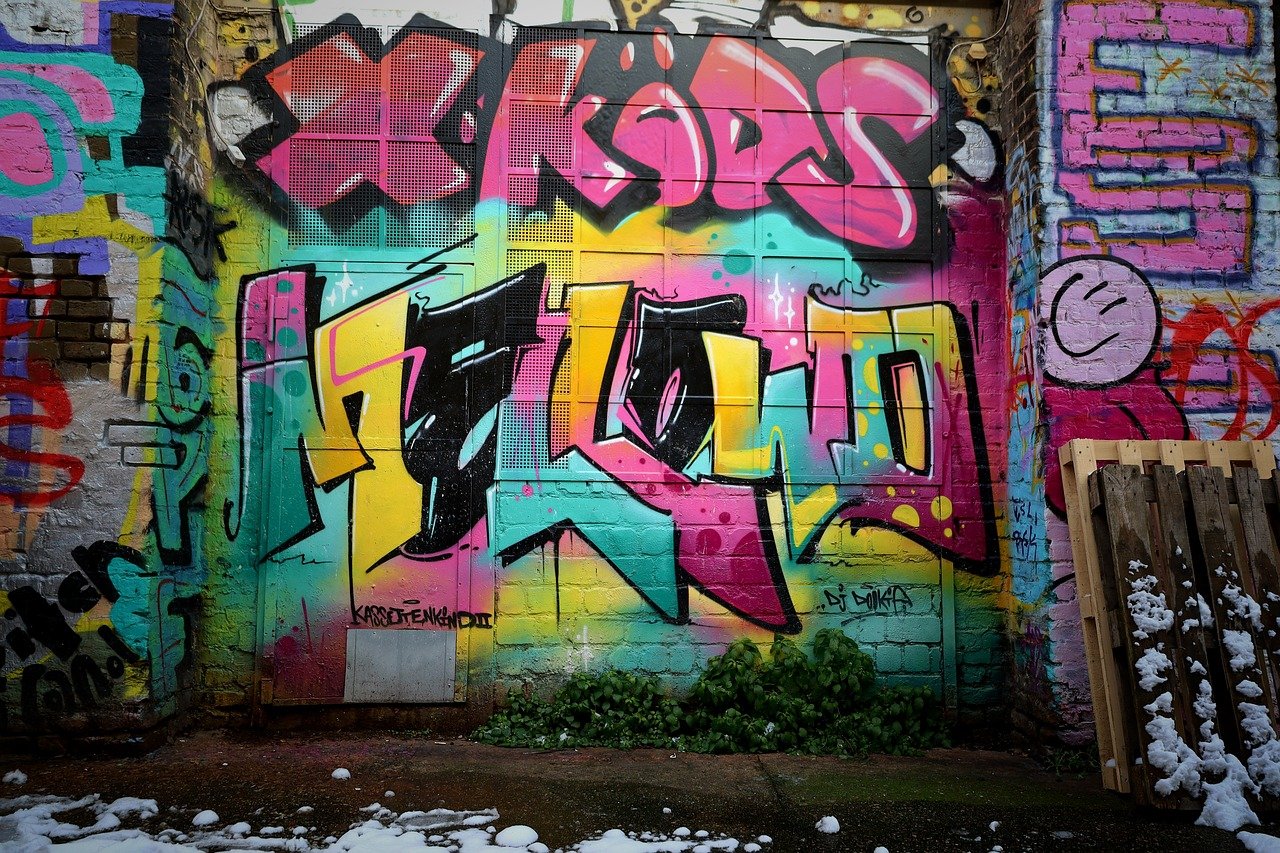
Papers for Stippling
When it comes to stippling, the choice of paper is just as crucial as the tools you use. The right paper can make or break your artwork, influencing not only the appearance but also the technique you employ. Generally, stippling requires a paper that can handle a significant amount of ink without bleeding, allowing your carefully placed dots to shine through. You wouldn’t want your masterpiece to turn into a muddy mess, right?
There are several types of paper that are particularly well-suited for stippling. Here’s a quick rundown of some of the best options:
- Cold Press Watercolor Paper: This paper has a textured surface that adds depth to your stippling. The texture can create interesting effects, but it might require a bit more effort to master.
- Bristol Board: Known for its smooth finish, Bristol board is a favorite among many artists. It allows for clean dot placement and is available in various weights, giving you the flexibility to choose what suits your style.
- Mixed Media Paper: If you’re looking for versatility, mixed media paper is a great option. It can handle both wet and dry mediums, making it perfect for experimenting with different stippling techniques.
Each of these paper types has its unique characteristics, so it’s worth trying out a few to see which one resonates with your artistic style. For instance, if you love the feel of textured surfaces, cold press watercolor paper might just be your go-to. On the other hand, if you prefer precision and clean lines, Bristol board could be your best friend.
Moreover, consider the weight of the paper. Heavier papers (around 200 gsm or more) tend to hold up better against ink and can withstand multiple layers of stippling without warping. Lighter papers may buckle under the pressure of heavy ink application, leading to unsatisfactory results. Always remember, the foundation of your artwork starts with the right paper choice!
Lastly, don't forget to test your pens on the paper before diving into your main project. This simple step can save you from unexpected surprises, ensuring that your stippling experience is as smooth as possible. After all, the goal is to create stunning artwork that reflects your unique style and skill!
Q: What type of paper is best for beginners?
A: For beginners, Bristol board is often recommended due to its smooth surface, which allows for easy dot placement and clean results.
Q: Can I use regular printer paper for stippling?
A: While you can use regular printer paper, it may not hold up well to heavy ink application and can lead to bleeding. It's best to use thicker, higher-quality paper for optimal results.
Q: How does the weight of the paper affect my stippling?
A: Heavier paper can handle more ink and multiple layers without warping, providing a better surface for stippling. Lighter papers may buckle and distort, affecting the final appearance of your artwork.
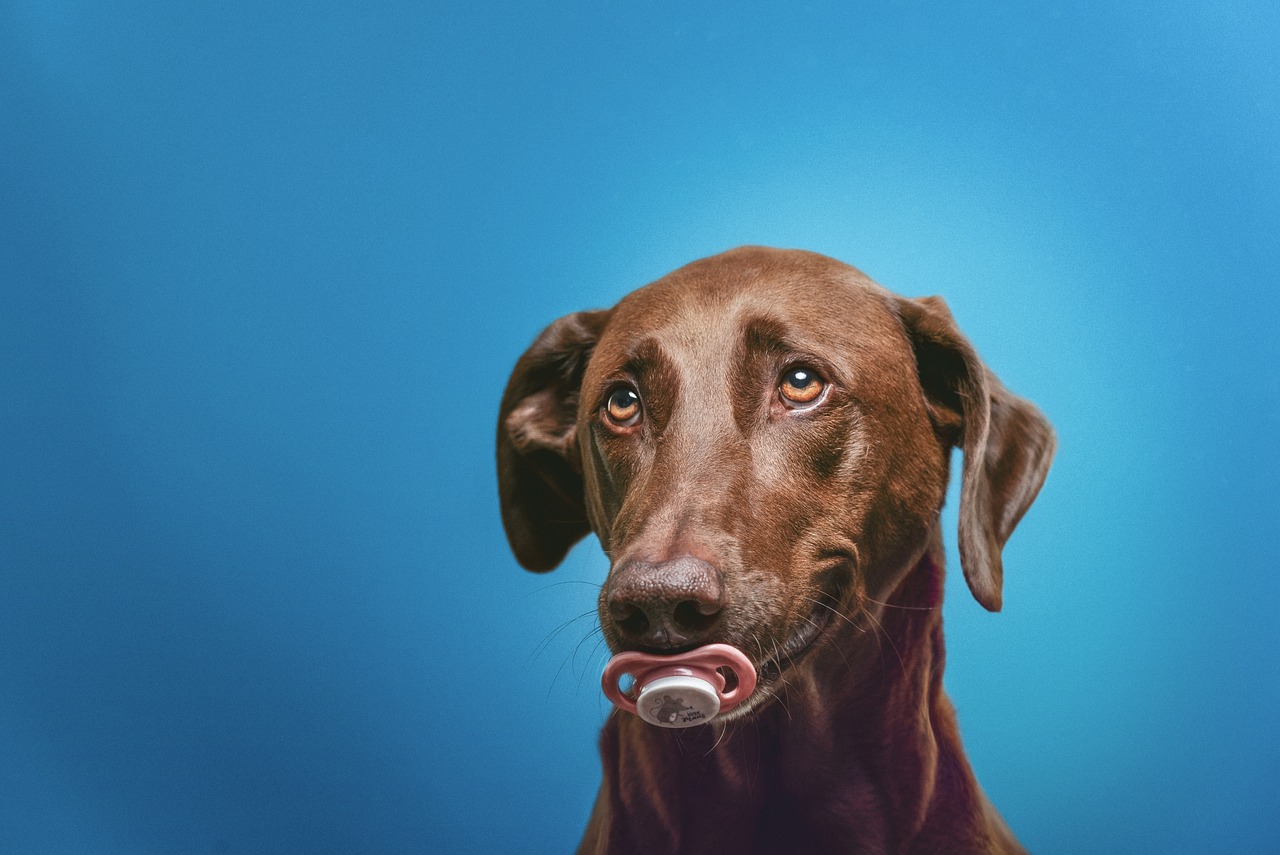
Basic Techniques of Stippling
Mastering the fundamental techniques of stippling is essential for any beginner looking to dive into this captivating art form. Stippling is not just about randomly placing dots on paper; it's a meticulous process that requires a keen eye and a steady hand. The beauty of stippling lies in its ability to create depth and texture through the careful arrangement of these tiny dots. To get you started, let’s explore some core methods that will elevate your stippling game.
One of the most crucial aspects of stippling is dot placement. Understanding how to strategically place dots can significantly impact the overall look of your artwork. Think of your dots as building blocks; the way you arrange them can create shadows, highlights, and even a sense of movement. For instance, clustering dots closely together can produce darker areas, while leaving more space between them can create lighter tones. A good rule of thumb is to consider the light source in your composition. Where the light hits, you’ll want fewer dots, whereas areas in shadow will benefit from a denser arrangement.
In addition to dot placement, creating texture is another fundamental technique in stippling. The texture can dramatically change the mood and dimension of your artwork. To achieve varying textures, you can manipulate both the size of your dots and the density of their placement. For example, larger dots can convey a rough surface, while smaller dots can suggest smoothness. By varying the size and spacing of your dots, you can mimic the appearance of different materials, such as fur, skin, or fabric. It's like painting with dots instead of brushes, allowing you to explore various visual effects.
To help you visualize these techniques, consider the following table that outlines the relationship between dot placement, size, and the resultant texture:
| Dot Size | Spacing | Resulting Texture |
|---|---|---|
| Small | Wide | Smooth |
| Small | Close | Soft |
| Large | Wide | Rough |
| Large | Close | Dense |
As you practice, don't forget that stippling is as much about patience as it is about technique. Each dot contributes to the whole, and sometimes, less is more. Take breaks to step back and evaluate your work from a distance; this can help you see if you're achieving the desired effect or if adjustments are needed. Remember, art is a journey, and every dot you place brings you one step closer to mastering this unique technique.
Q: What is the best pen to use for stippling?
A: Fine liners are often recommended for stippling due to their precision. However, brush pens can also be effective for creating varied dot sizes.
Q: Can I use any type of paper for stippling?
A: While you can experiment with different types of paper, smooth papers tend to work best as they allow for cleaner dot placement.
Q: How long does it take to master stippling?
A: Mastery varies by individual, but with consistent practice, you can see significant improvement in just a few weeks.
Q: Is stippling suitable for beginners?
A: Absolutely! Stippling is a fantastic technique for beginners as it allows for gradual learning and experimentation.
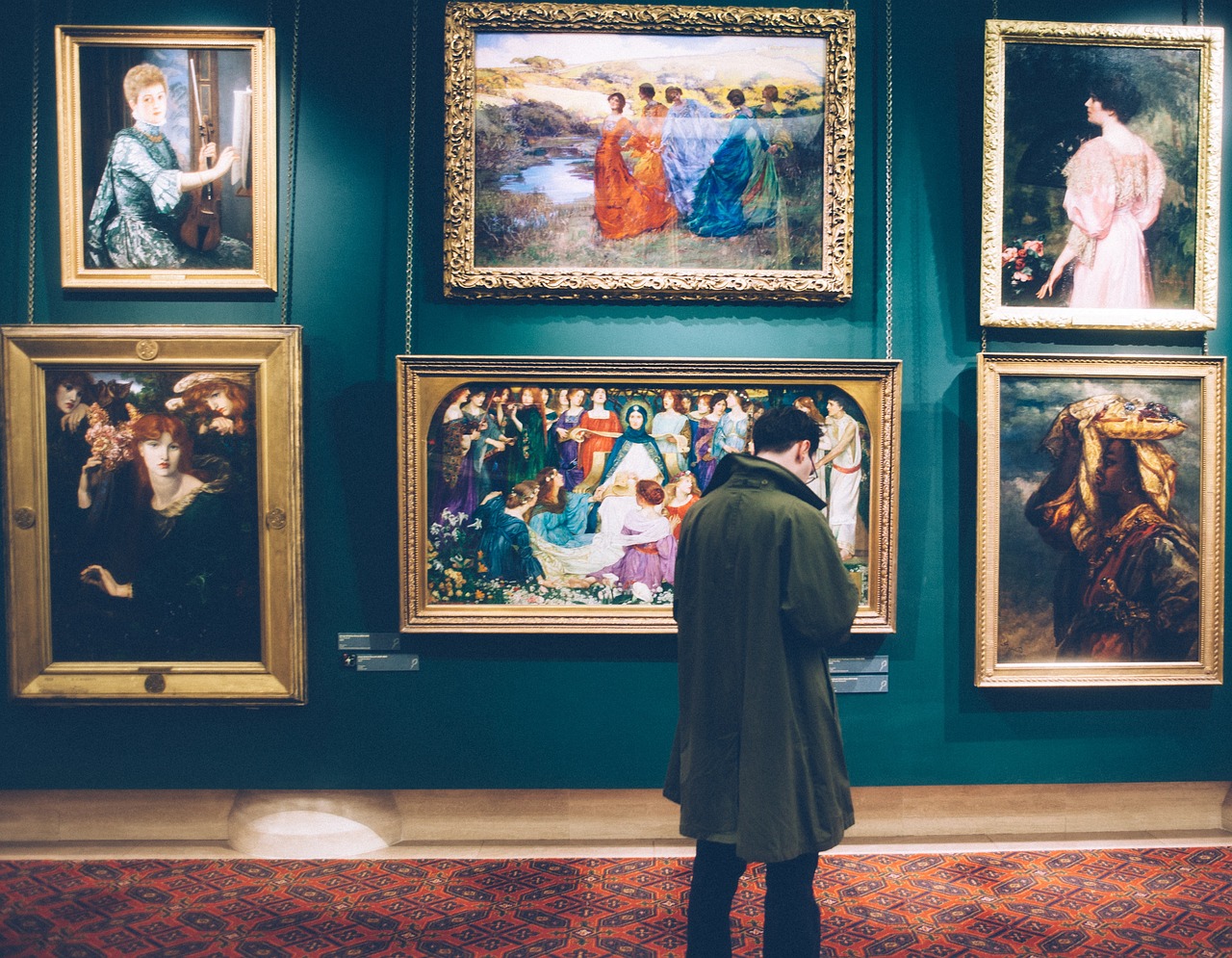
Dot Placement
When it comes to stippling, is everything. It's the foundation upon which your artwork will thrive or falter. Imagine you're creating a beautiful landscape; the way you position each dot can evoke depth, shadow, and light. It's not just about randomly scattering dots on paper; it's about strategically placing each one to guide the viewer's eye and create a sense of realism.
To master dot placement, you need to consider both spacing and density. Spacing refers to how far apart your dots are from one another, while density refers to how many dots you place in a given area. For instance, if you're trying to create a shadow, you would want to use a higher density of dots close together. Conversely, for highlights or lighter areas, you should space the dots further apart. This contrast is what brings your artwork to life!
Here are some key tips to keep in mind:
- Start Light: Begin with a light touch, placing dots sparingly. You can always add more later, but it's hard to remove them once they're on the page.
- Observe Your Subject: Whether you're drawing a portrait or a still life, pay attention to the natural light and shadows. This will guide your dot placement.
- Use a Reference: Having a reference image can help you understand where to place your dots for the best effect.
One effective technique is to create a gradient effect by varying the density of your dots. For example, when creating a smooth transition from light to dark, start with fewer dots at the lightest point and gradually increase the number as you move towards the darker areas. This technique not only adds depth but also creates a visual flow that draws the viewer in.
Also, consider the shape and size of your dots. Using larger dots can create a bolder effect, while smaller dots can produce a more delicate look. Experiment with different sizes and see how they interact with one another. You might be surprised by the textures you can achieve!
In summary, dot placement is a crucial aspect of stippling that can make or break your artwork. By paying attention to spacing, density, and the overall composition, you can create stunning visuals that capture the essence of your subject. So grab your pens, start practicing, and let your creativity flow!
Q: How do I know where to place my dots?
A: Observing light and shadow in your subject is key. Use a reference image to guide your dot placement and practice varying the distance and density of your dots.
Q: Can I erase dots once they're placed?
A: Unfortunately, stippling is a permanent medium. It's best to start light and gradually build up density to avoid overworking the area.
Q: What if my dots look too uniform?
A: Varying the size and spacing of your dots can help create a more natural look. Try adding larger dots in some areas and smaller ones in others to break up uniformity.

Creating Texture
Creating texture in stippling is like seasoning a dish; it can elevate your artwork from bland to breathtaking. The beauty of stippling lies in its ability to convey depth and dimension through the strategic placement of dots. To achieve this, you'll want to experiment with dot size and spacing. Think of your dots as the building blocks of your image; how you arrange them will determine the overall feel and texture of your artwork.
One effective method to create texture is to vary the size of your dots. Larger dots can be used to represent darker areas or shadows, while smaller dots can suggest highlights or lighter regions. This technique is akin to using a paintbrush with varying pressure; the harder you press, the bolder the stroke. Similarly, the more densely you cluster your dots, the darker and richer the area appears. For instance, if you’re drawing a furry animal, you might use a mix of tiny dots for the lighter areas and larger, more concentrated dots for the shadows to give that fluffy effect.
Another crucial aspect of creating texture is the spacing between your dots. Closely spaced dots can create a smooth gradient, while wider spacing can give a rougher texture. Imagine you're trying to depict a rocky surface; by placing dots further apart, you can create the illusion of unevenness and ruggedness. On the other hand, if you want to illustrate something soft, like a cloud, you would want to use more closely spaced, lighter dots to achieve that fluffy appearance.
To help you visualize these concepts, here’s a simple table that outlines how different dot sizes and spacings can affect texture:
| Dot Size | Spacing | Texture Effect |
|---|---|---|
| Small | Close | Smooth, soft texture |
| Medium | Moderate | Balanced texture, natural look |
| Large | Wide | Rough, uneven texture |
As you practice, remember that the key to mastering texture through stippling is patience. It’s easy to get carried away and overwork an area, which can muddy your results. Instead, take a step back and assess your work as you go. This will help you maintain a clear vision of the texture you wish to achieve. With time and practice, you'll develop an intuitive sense of how to use dots to create a wide array of textures, transforming your drawings into captivating pieces of art.
- What is the best paper for stippling?
Using smooth, heavy paper is ideal for stippling as it allows for clean dot placement and prevents ink from bleeding.
- How long does it take to master stippling?
Mastery comes with practice. Some may take weeks, while others may take months. The key is to keep practicing and experimenting.
- Can I use stippling with other mediums?
Absolutely! Stippling can be combined with watercolor, pencil, or ink washes to create stunning mixed media pieces.

Common Mistakes to Avoid
Stippling can be a mesmerizing art form, but like any technique, it's easy to fall into traps that can hinder your progress. One of the most common mistakes is overworking the dots. You might find yourself in a rhythm, adding dot after dot, but sometimes less is more. When you continuously add dots, you risk creating a muddy appearance in your artwork. It’s essential to recognize when to stop; a well-placed dot can speak volumes more than a cluster of them. Trust your instincts and step back from your work periodically to assess whether it truly needs more detail or if it’s already at its peak.
Another pitfall to avoid is inconsistent dot size. Maintaining a uniform dot size is crucial for achieving a cohesive look in your artwork. If your dots vary too much in size, it can lead to a disjointed appearance that distracts from the overall composition. To tackle this, practice using the same tool consistently and pay attention to the pressure you apply. This will help you develop a steadier hand and a more consistent output. Remember, the goal is to create a harmonious flow in your stippling, and consistency is key.
Additionally, many beginners overlook the importance of spacing. The distance between your dots can dramatically affect the texture and depth of your work. If your dots are too far apart, the image may look sparse and unfinished. Conversely, dots that are too close together can create a heavy and overwhelming effect. To find the right balance, experiment with different spacing techniques. You might even consider creating a small practice piece where you intentionally vary the spacing to see how it affects the overall look.
Lastly, don’t forget about lighting and workspace. Poor lighting can lead to inaccurate dot placement and a lack of detail in your artwork. Ensure you have a well-lit area to work in, allowing you to see the nuances of your stippling clearly. Setting up a comfortable workspace that minimizes distractions will also help you focus better on your technique. Remember, a calm environment can boost your creativity and productivity.
- What is stippling? Stippling is a drawing technique that uses dots to create texture, depth, and shading in artwork.
- Can I use any pen for stippling? While you can use various pens, fine liners and brush pens are particularly effective for achieving different effects.
- How do I know when to stop adding dots? Step back from your work periodically to assess it. If it feels complete, trust your instincts and refrain from adding more.
- Is stippling suitable for beginners? Absolutely! Stippling is a great technique for beginners as it helps develop patience and precision.
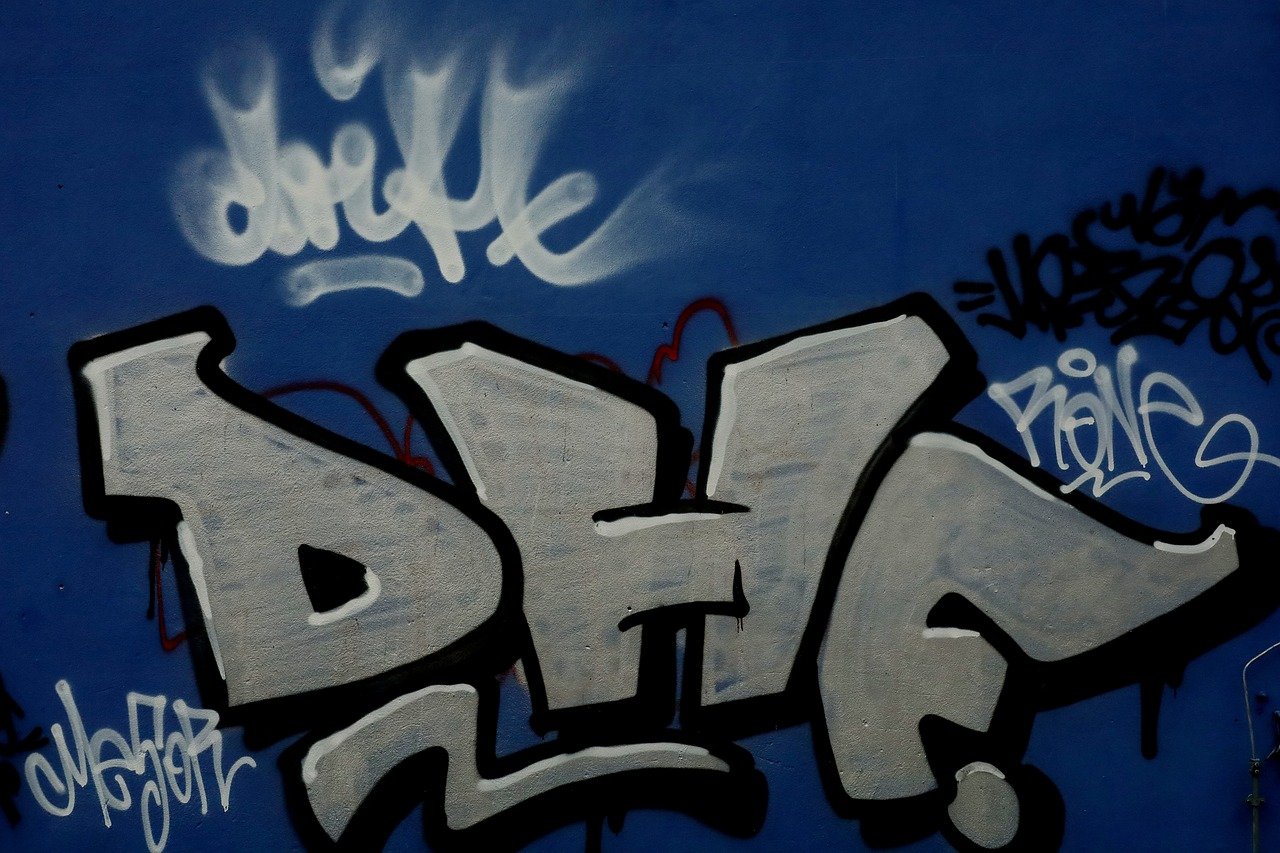
Overworking the Dots
One of the most common pitfalls in stippling is the tendency to overwork the dots. This happens when artists, eager to achieve the perfect shading or texture, keep adding more and more dots without stepping back to assess the overall effect. The result? A muddy, chaotic appearance that can detract from the beauty of your artwork. It's crucial to understand that stippling is not just about density; it's about balance and harmony.
When you overwork your dots, you risk losing the delicate gradation that stippling is known for. Instead of a smooth transition from light to dark, you may end up with a patchy look that feels overwhelming. To avoid this, it's essential to develop an eye for when to stop. Here are some tips to help you recognize when you've reached the optimal point:
- Step Back: Frequently take a step back from your work. This will give you a fresh perspective and help you see if the dots are creating the desired effect.
- Use a Reference: Having a reference image can guide your decisions on how much detail is necessary. Compare your work to the reference to maintain a clear direction.
- Practice Patience: Stippling is a gradual process. Allow time for your eyes to adjust to the changes you’ve made before adding more dots.
Another aspect to consider is the density of dots. Different areas of your artwork may require varying levels of detail. For instance, a shadowed area might need denser stippling, while highlights should remain sparse. If you find yourself adding dots in a highlighted area, take a moment to pause. Less can often be more in the world of stippling.
Finally, consider keeping a sketchbook dedicated to experimenting with dot placement and density. This way, you can practice without the pressure of creating a finished piece. Over time, you’ll develop an instinct for when to stop, leading to more refined and beautiful stippling work.
Q: How do I know if I am overworking my stippling?
A: If your artwork starts to look muddy or lacks clarity, you may be overworking it. Regularly stepping back and comparing your work to a reference can help.
Q: Can I fix overworked stippling?
A: While it can be challenging to fix, you can try using a white gel pen or correction fluid to lighten areas or add highlights. However, prevention is always better than cure!
Q: What should I focus on instead of adding more dots?
A: Focus on the overall composition, light sources, and areas of contrast. Sometimes, enhancing the surrounding areas can improve the overall effect without adding more dots.

Inconsistent Dot Size
When it comes to stippling, maintaining a consistent dot size is crucial for achieving a cohesive and professional look in your artwork. Imagine trying to create a smooth gradient with a mix of tiny and large dots; it would appear chaotic, right? This inconsistency can distract the viewer and undermine the overall impact of your piece. To avoid this common pitfall, there are several strategies you can implement.
First and foremost, practice is key. Spend some time creating different sizes of dots on a separate sheet of paper. This exercise can help you develop a feel for your tools and how much pressure to apply. For example, if you’re using a fine liner, a gentle touch can yield smaller dots, while applying more pressure will create larger ones. By becoming familiar with your tools, you'll find it easier to achieve uniformity in your dot sizes.
Another helpful tip is to use a guide. You might consider creating a small reference chart that displays various dot sizes and their corresponding pressure levels. This chart can serve as a quick reference when you’re working on your main piece. Additionally, you can even use a ruler to create guidelines on your paper, helping you maintain even spacing and size as you work.
Moreover, it’s important to remember that the density of your dots plays a significant role in the visual texture of your art. For instance, if you’re looking to create a shadowy area, you might want to cluster your dots closely together, but ensure that they all remain consistent in size. If you find yourself straying from your intended dot size, take a moment to step back and assess your work. Sometimes, a fresh perspective can help you spot inconsistencies that you might have missed while engrossed in the details.
In conclusion, while it may seem trivial, dot size consistency in stippling is a fundamental aspect that can elevate your artwork from amateur to professional. By practicing, using reference guides, and maintaining awareness of your dot placement, you can create stunning pieces that truly reflect your artistic vision.
- What is stippling? Stippling is a drawing technique that uses small dots to create texture and depth in artwork.
- What tools do I need for stippling? Essential tools include fine liners, brush pens, and appropriate paper.
- How can I improve my stippling technique? Practice regularly, experiment with different dot sizes, and study the works of other artists for inspiration.
- Can I use stippling in digital art? Absolutely! Many digital art programs offer tools that mimic the stippling technique.
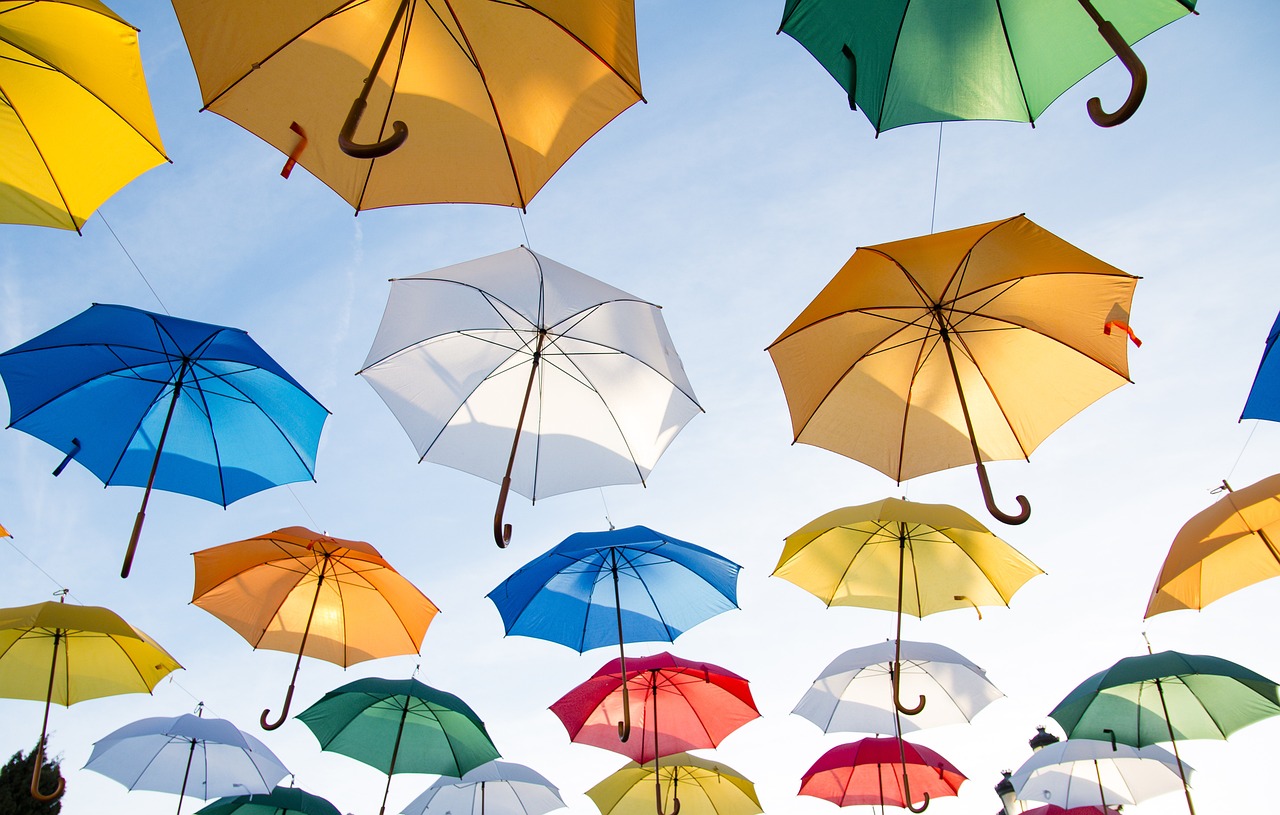
Inspiration and Resources
Finding inspiration is a vital part of your artistic journey in stippling. Just like a chef needs spices to create a delicious dish, you need sources of creativity to enhance your skills and keep your passion alive. Whether you’re a novice or someone looking to refine your technique, there are numerous resources available that can ignite your imagination and guide you through the intricate world of stippling.
One of the best ways to draw inspiration is by studying the work of both contemporary and historical artists who have mastered this technique. For instance, artists like Georges Seurat, known for his pointillism, and modern stipplers like Sammy Slabbinck, who combines stippling with surrealism, can provide you with a wealth of ideas. Observing their methods can help you understand how to manipulate dots to create stunning visual effects.
In addition to artists, online platforms are treasure troves of tutorials and courses that can elevate your understanding of stippling. Websites like Skillshare and Udemy offer structured courses, while platforms like YouTube provide free tutorials that range from beginner tips to advanced techniques. These resources often include step-by-step guides that can help you grasp the nuances of dot placement and texture creation.
To further enhance your learning experience, consider joining online communities or forums dedicated to drawing and stippling. Engaging with fellow artists can open up new avenues for feedback, collaboration, and inspiration. Websites like DeviantArt or ArtStation allow you to showcase your work, receive constructive criticism, and discover other artists' creations that might spark your creativity.
Here’s a quick overview of some valuable resources:
| Resource Type | Recommended Platforms | Description |
|---|---|---|
| Online Courses | Skillshare, Udemy | Structured learning with expert instructors. |
| Video Tutorials | YouTube | Free videos that cover various stippling techniques. |
| Art Communities | DeviantArt, ArtStation | Platforms for sharing your work and connecting with artists. |
Lastly, don’t forget the power of practice. Set aside time each week to experiment with stippling techniques. Create small projects that challenge you, whether it’s a simple still life or a complex portrait. This hands-on experience is invaluable and will help solidify your skills while also allowing you to develop your unique style.
Q: What is stippling?
A: Stippling is a drawing technique that uses dots to create images, textures, and depth. It’s a meticulous process that can produce stunning visual effects.
Q: Do I need special tools to start stippling?
A: While you can use any pen or pencil, fine liners and brush pens are highly recommended for their precision and versatility. The choice of paper also plays a significant role in the final outcome.
Q: How can I improve my stippling skills?
A: Consistent practice is key. Study the work of other artists, take online courses, and engage in communities to receive feedback and inspiration.
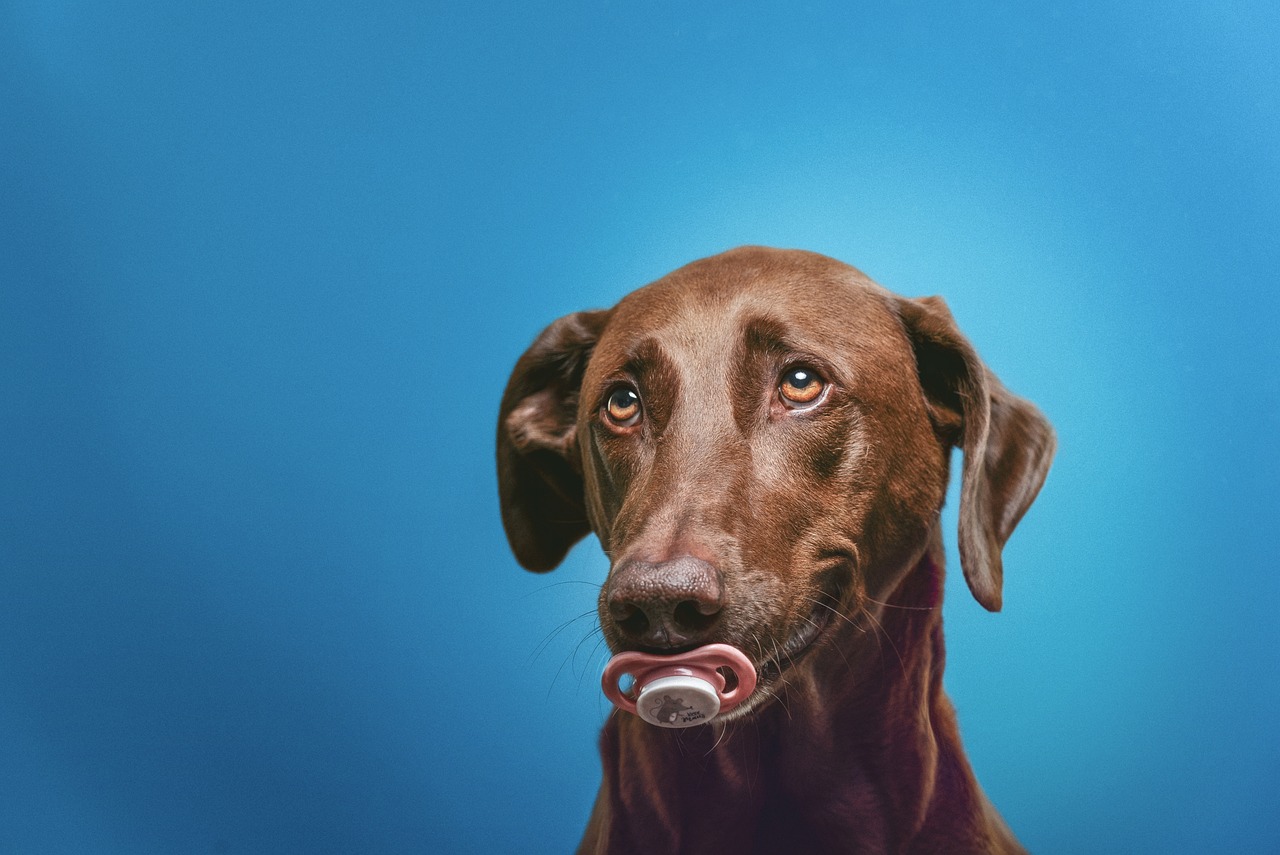
Artists to Follow
As you embark on your stippling journey, it’s essential to draw inspiration from those who have mastered this intricate art form. Following artists who excel in stippling not only enhances your appreciation for the technique but also motivates you to experiment and develop your own style. Here are a few remarkable artists whose work showcases the beauty and versatility of stippling:
- Georges Seurat - Often credited as the father of pointillism, Seurat's technique involves creating images using small dots of color. His masterpiece, A Sunday Afternoon on the Island of La Grande Jatte, is a fantastic example of how stippling can create depth and vibrancy.
- Chuck Close - Known for his large-scale portraits, Close employs a meticulous stippling technique to capture intricate details. His work challenges the boundaries of traditional portraiture and showcases how stippling can be used in contemporary art.
- Vik Muniz - This Brazilian artist uses unconventional materials to create his stippled works, often incorporating everyday items like chocolate syrup or dust. His innovative approach offers a fresh perspective on the stippling technique and encourages artists to think outside the box.
In addition to these legendary figures, many contemporary artists are making waves with their stippling skills. Platforms like Instagram and Pinterest are treasure troves for discovering new talent. By following hashtags such as #stipplingart or #pointillism, you can find a plethora of artists who share their techniques, tips, and finished pieces. Engaging with their content can provide you with valuable insights and spark your creativity.
Moreover, consider joining online art communities or forums where you can interact with other stippling enthusiasts. These spaces often feature challenges, critiques, and collaborative projects that can further enhance your learning experience. Remember, art is not just about individual expression; it’s also about community and sharing ideas.
As you explore the works of these artists, take note of the various styles and techniques they employ. Observe how they manipulate dot size, spacing, and density to create stunning textures and forms. This will not only inspire your own creations but also help you develop a critical eye for detail, which is crucial in the world of stippling.
Q: What is stippling?
A: Stippling is a drawing technique that uses small dots to create texture, depth, and shading in artwork. It can be done with various tools, including pens and pencils.
Q: Do I need special tools for stippling?
A: While you can start with basic pens and paper, using fine liners, brush pens, and quality drawing paper can significantly enhance your stippling results.
Q: How long does it take to master stippling?
A: Mastery of stippling varies from person to person. With consistent practice, you can see improvement within a few weeks, but developing a unique style may take longer.
Q: Can I use stippling in digital art?
A: Absolutely! Many digital art programs allow you to replicate stippling techniques using brushes that mimic the dot effect, giving you the flexibility to create both traditional and digital stippling artworks.
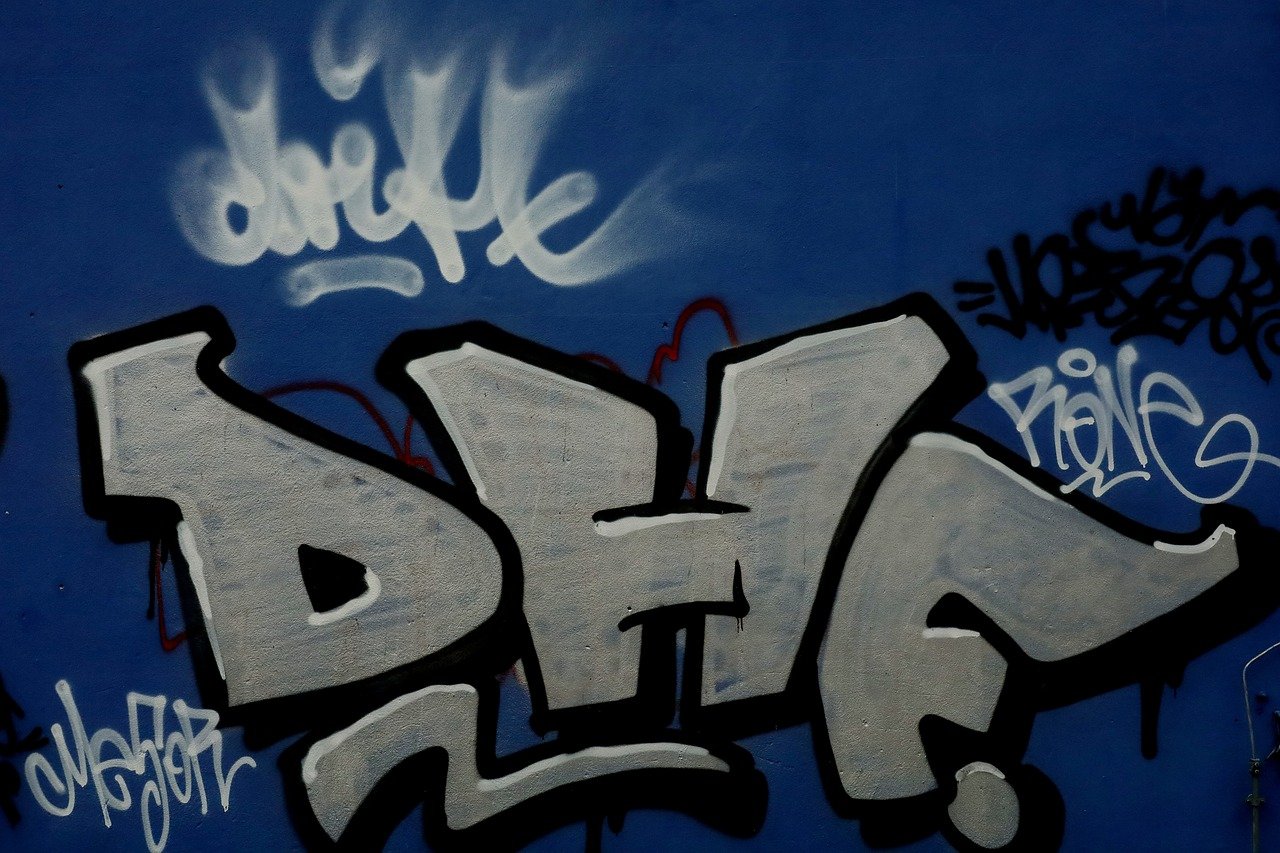
Online Tutorials and Courses
In today's digital age, learning new skills has never been easier, and stippling is no exception. There are numerous available that cater to all skill levels, from complete beginners to seasoned artists looking to refine their technique. These resources can be invaluable in helping you grasp the nuances of stippling, providing step-by-step guidance and practical exercises to enhance your artistic journey.
One of the most popular platforms for learning is YouTube, where countless artists share their expertise through free video tutorials. These videos often cover a range of topics, such as basic dot placement, creating textures, and even advanced stippling techniques. Watching these tutorials can provide you with visual examples that are sometimes more effective than written instructions. Additionally, many artists offer downloadable resources, such as practice sheets, which can be a great way to apply what you've learned.
For those seeking a more structured approach, platforms like Skillshare and Udemy offer comprehensive courses on stippling. These courses typically include video lessons, assignments, and community feedback, allowing you to learn at your own pace while also engaging with fellow artists. Here’s a quick comparison of what these platforms might offer:
| Platform | Course Type | Price Range |
|---|---|---|
| YouTube | Free Tutorials | Free |
| Skillshare | Structured Courses | $10/month (subscription) |
| Udemy | One-off Courses | $10 - $200 (depending on the course) |
Moreover, many artists maintain personal websites or blogs where they share tips, tricks, and tutorials related to stippling. Following these artists not only provides you with a wealth of knowledge but also allows you to stay updated on the latest trends in the art community. Social media platforms like Instagram and Pinterest are also fantastic resources for inspiration; you can find a plethora of stippling artworks that can spark your creativity.
As you embark on your stippling journey, don't forget to practice regularly. Consistency is key to mastering any art form. Try to set aside a little time each week to work on your stippling skills, whether it's through online courses or practicing techniques you've learned. Remember, every dot counts!
Q: Do I need special equipment to start stippling?
A: While you can start with basic pens and paper, investing in quality tools can enhance your results. Fine liners and suitable paper can make a significant difference.
Q: How long will it take to become proficient in stippling?
A: The time varies for each individual. With consistent practice, you can see improvement within a few weeks, but mastering the technique may take longer.
Q: Can stippling be used in other art forms?
A: Absolutely! Stippling can be integrated into various art styles, including illustration, graphic design, and even mixed media.
Frequently Asked Questions
- What is stippling in drawing?
Stippling is a drawing technique that uses small dots to create texture, depth, and shading in artwork. By varying the density and placement of these dots, artists can achieve a wide range of effects, from subtle gradients to bold contrasts.
- Do I need special tools for stippling?
While you can use regular pens or pencils, having the right tools can enhance your stippling experience. Fine liners, brush pens, and technical pens are popular choices, as they allow for precision and variety in dot size. Choosing the right paper is also essential to get the best results.
- How do I get started with stippling?
Begin by practicing dot placement and spacing on a piece of scrap paper. Start with simple shapes and gradually work your way up to more complex images. Remember, patience is key; stippling can be time-consuming, but the results are worth it!
- What are common mistakes to avoid in stippling?
Some common pitfalls include overworking your dots, which can lead to a muddy appearance, and inconsistent dot sizes that disrupt the overall look of your artwork. To avoid these issues, take breaks to assess your work and practice maintaining uniformity in your dot application.
- Where can I find inspiration for my stippling projects?
Inspiration can come from various sources! Look into contemporary and historical artists known for their stippling techniques. Additionally, online platforms offer tutorials and courses that can spark new ideas and help you refine your skills.
- Can I use stippling with other drawing techniques?
Absolutely! Stippling can be combined with other techniques like cross-hatching or shading to create more dynamic artwork. Experimenting with different methods can lead to unique styles and effects, so don’t hesitate to mix things up!



















